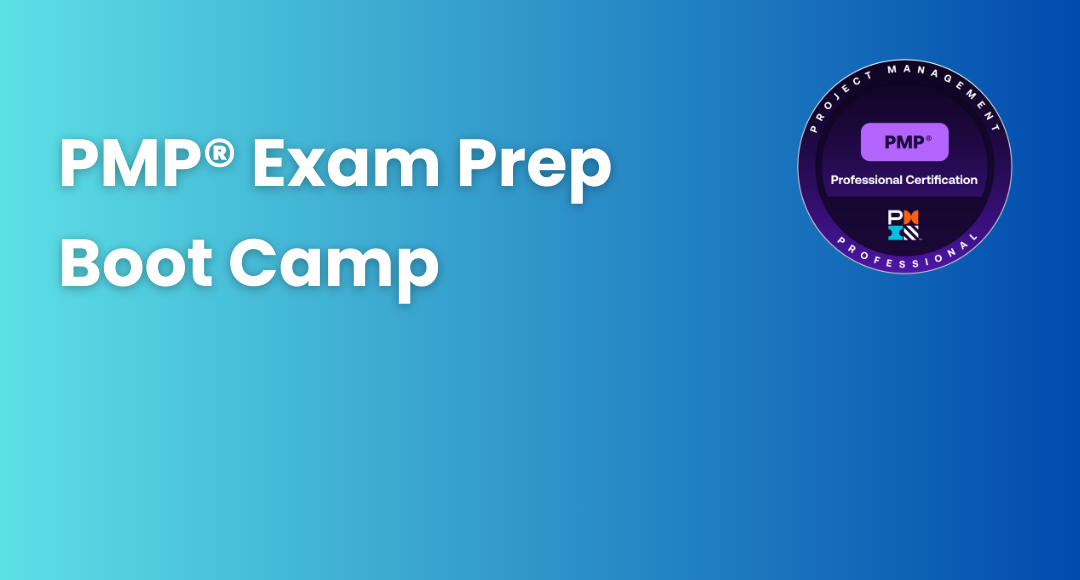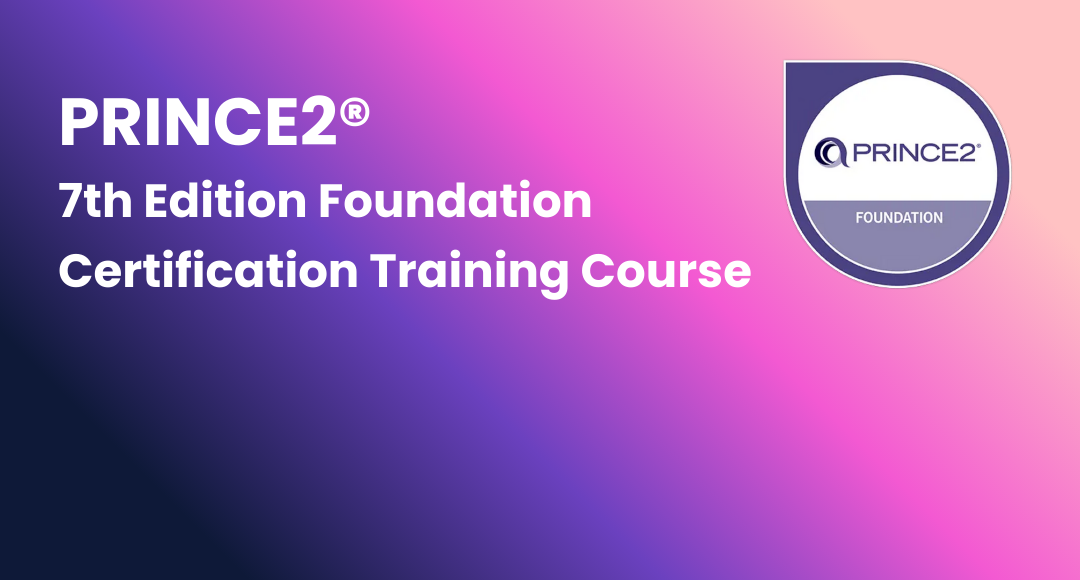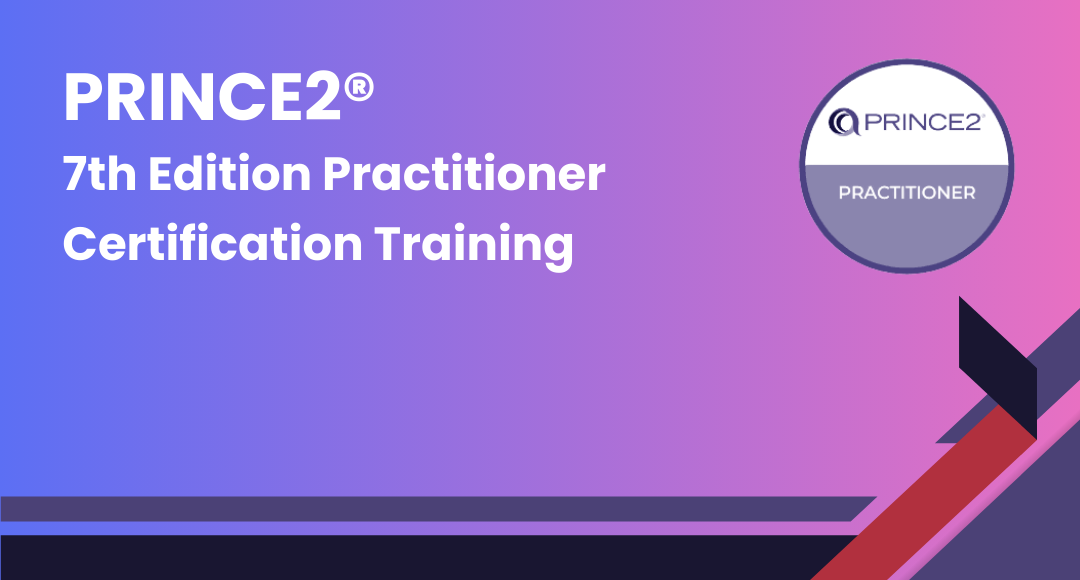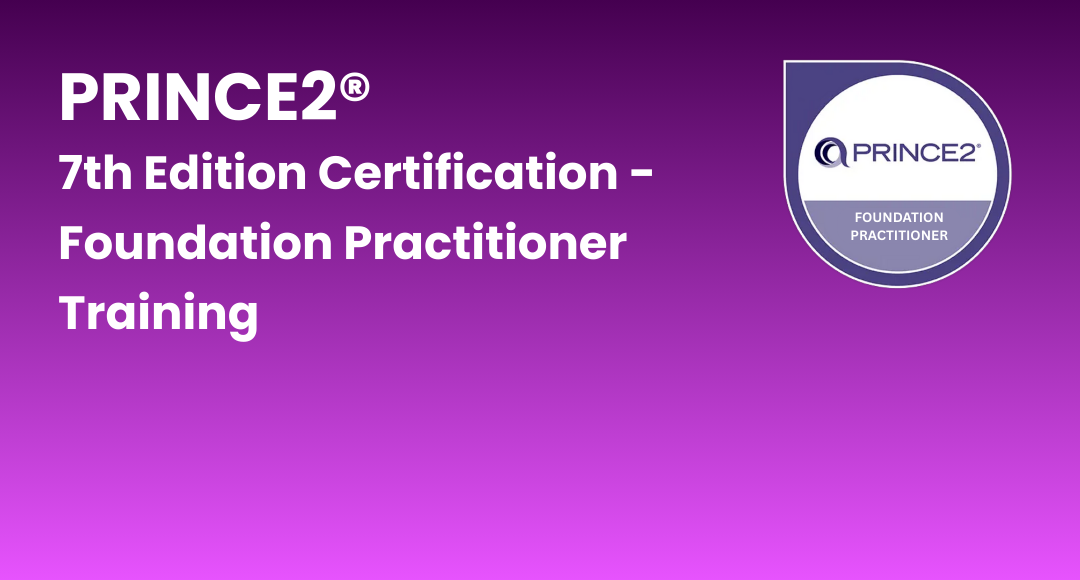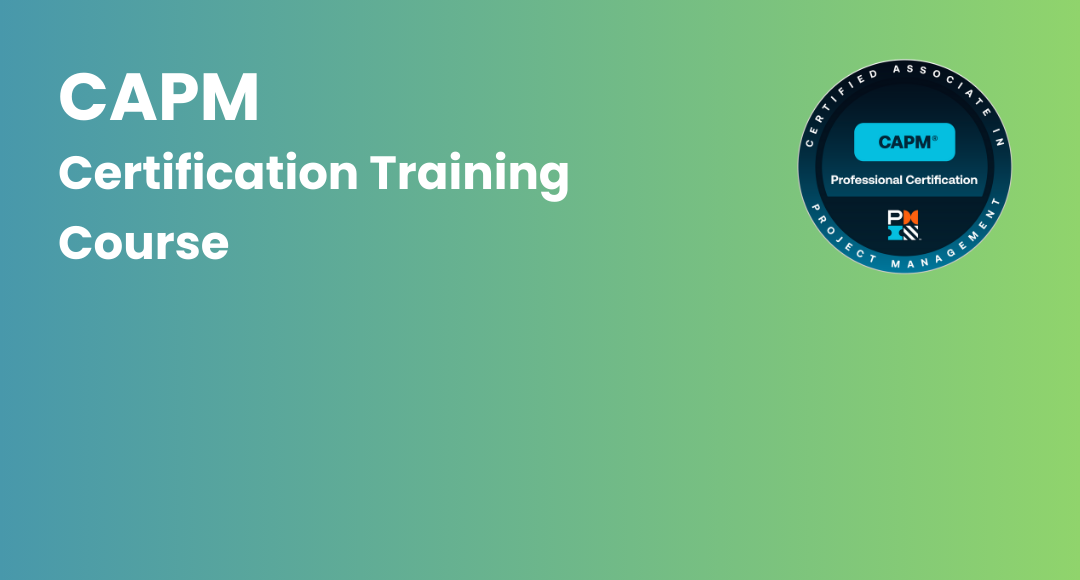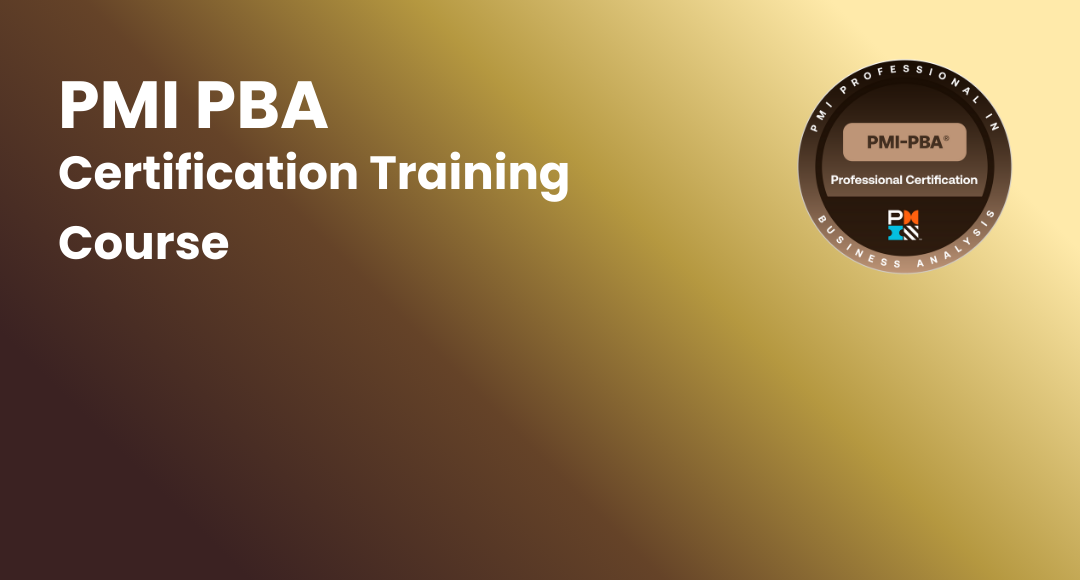Project Quality Management Guide
-
 By Nchumbeni Yanthan
By Nchumbeni Yanthan - Published on Aug 12 2022

Project Quality Management - A Simple Guide
The International Organization for Standardization (ISO) is a body that incorporates worldwide standards organizations from approximately 163 countries.
The ISO 9000 definition for quality is, “The degree to which the project fulfills requirements”. Project quality management lays policies and brings protocol to meet the project needs from a customer and client intent.
Products and services demand a list of features, budget maintenance, and time to achieve. Building an effective strategy and prior quality saves a lot in reducing costs and quality increase. A quality that obtains specifications and sustainability as agreed.
What is Project Quality Management?
Project quality management aims to continuously maintain product quality by identifying, evaluating, direct with the applicable activities and methods. Project quality management is one of the knowledge areas in the PMBOK guide that regards project quality. It briefs the end product and project management of the very project.

A constructive project quality management not only eliminates risks of product failure, fewer chances of unsatisfied clients, and manages the budget, but expands project quality standards to obtain higher quality.
That means, driving a refine project quality through curative measures. The main project quality management processes that involve in a project are:
- Quality Planning
- Quality Assurance
- Quality Control
Stages of Project Quality Management
A fundamental effective way of getting your team quality products and services consistently is through proper project quality management. Quality is the most integral part of a project. It is no doubt that project managers try to implement the best products and services applicable to the market.
Upon bringing the scenario of even after using the latest tools or skills applied, one might ask - Why it may still fail to deliver the client's requirements? Relating to this, a client may not re-show up for collaboration with your product and services.
One cannot predict the challenges. A project manager and their team should initiate project quality management prior to tackling any conflicts during the whole project cycle.
Here are the four main quality management processes to evaluate your project:
Quality Planning
It caters to types of delivery standards suitable to achieve, direct, expect, and monitor success, and also suggests to stakeholders how quality is applicable to the project.
Proceeding with project quality management tasks, add them to the project plan. Entrust those tasks to project members to revert or track quality benchmarks.
The strong reasons to conduct quality are:
- A good project quality management plan begins with having start to end goal project definition.
- Strategies for Project Assurance
- Actionable Change Control
- Measure customer and stakeholder satisfaction.
- Product or deliverable within the agreed timeline.
- Determine project success rate.
- Monitor project outcome.
- Risk and Configuration Management.
- Document Process, Define, and Test.
Quality Assurance
Assurance of quality as defined and guaranteed is a huge factor for maintaining services review. Quality assurance ensures that inputs, tools, techniques, and outputs are secure and achievable.
Project management plans and quality are heading in the agreed manner for the products and services, procedures, and processes delivered by a project.
It should be a steady project quality management process with:
- Improvement plan
- Work performance plan
- Implement preventive actions
- Conduct audits and process analysis
- Detect non-compliances
- Use qualitative and quantitative metrics
- Requested changes
- Report project status
- Verify quality and achievement goals
As a result, this proves to the customers and clients that the given product and services are trustable and agreed upon under the given terms.
Quality Control
Quality assurance activity recurrence before a problem wherein focuses on establishing and executing compliance activities. In contrast, quality control monitors and meticulously adjusts the plan to avoid remodeling tasks. These partial fixes resolve issues and prevent from having to touch the project entirely.
Performing quality control circulates firm techniques, inspects and suggests improvement methods, testing, establishing quality measures, and dissolving delays or errors.
Ensures the following inputs, tools and techniques, outputs;
- Budget & Schedule
- Risk Factors
- Monitor Project Results through peer reviews
- Track deliverables standards and performance
- Use metrics for tools and techniques
- Defect repair review
- Identify project requirements
- Crosscheck outputs are correct

The measures that are aligned are correct with the procedure being followed.
There should be no compromise with the importance of quality in project management. The competing clients would always want to have higher preferences of quality irrespective of product type.
Any customer or client would pay enough attention to the team's profound quality, service, and clarity.
To continuously deliver quality products and services to your clients and customers, one needs to equip an efficient and quality work in market demand.
Benefits of Project Quality Management
Following are the benefits of Project Quality Management:
- Operational Stability
- Evidence-based Decisions
- Quality Check on Project Activities
- Employee engagement and Onboarding
- Client & Stakeholder's Satisfaction
- Resolve Issues
- Enhance Team Productivity
- Cut down Remodeling
- Continual Improvement & Business Process
- Project Success
- Builds Reputation
- Increased Benefits (internal, external, and signaling)
Quality Management Tools
A few of the tools that help to manage data and activities in the specific project are;
Affinity diagrams
A diagram that organizes, creates and gathers details into a grouping based on their natural relationships.
The affinity process draws ideas for the product, process, issues, or errors refraining from re-determining the process.
Histogram
It is one of the powerful quality planning and control tools that define preventive and right measures.
A histogram represents a bar graph of a distribution of variables. The bar indicates a particular result and the height of the bar indicates the frequency of a situation.
Scatter Chart
A scatter chart defines whether a correlation exists between two variables i.e., A and B.
Consider a project quality management example: the closer the data points (A and B) are to a diagonal line, the more closely the two variables are related.
Coping to it, the resource expert can carry a scatter diagram to identify the root cause.
The chart identifies and implements actions to resolve the causes of any silos hindering the product quality.

Control Chart
A control chart is a graphical representation of data that demonstrates the results of a process with time.
This chart helps to prevent issues ((positive and negative), control changes in the process, and maintain quality assurance of products and services.
In assessing the required variations on graph display, the professionals from quality management or quality assurance can look into the causes affecting the processes.
Run Chart
A run chart or run sequence plot pictures the process performance that helps you detect signs of potential errors from various sources.
This chart provides the history and various patterns of a process or single variable that is not easily seen in tables or spreadsheets over a specific time.
Pareto Chart
A Pareto chart is a histogram type that picks out and categorizes areas of issues. Pareto analysis is called the 80-20 rule, which means that 80% of issues are because of 20% of the main causes.
Cause and Effect Diagrams
It is also known as Fishbone or Ishikawa diagrams. A cause-and-effect diagram is a graphical method to identify the causes of quality issues, to bring about effective production operations.
They help with control change and configuration management of a project.
Read about: Total Quality Management - Concepts, Principles And Implementation
Conclusion
Project quality management is an approach to improving that a project perceives the specification, goals, and objectives for which it was purposive sticking to the specific guidelines.
The project managers and professionals can utilize adherence to Total Quality Management (TQM), Six Sigma, ISO 9000, or any external industry standards for quality improvements in a project life cycle.
The importance of project quality management has multiple approaches. It creates a consistent growth approach for a company, to continuously keep quality top-notch refraining from off-track with the customer requirements or stakeholders and team member's performance.
The proofing tools re-evaluate and check processes to minimize any budget errors and maintain quality.
Frequently Asked Questions
Q) What are the main processes in project quality management?
A) The main processes in project quality management comprise Quality Planning, Quality Assurance, and Quality Control.
Q) What is meant by project quality?
A) According to the Project Management Body of Knowledge, Project Quality is “the degree to which a set of inherent characteristics fulfill requirements.”
Q) What are quality metrics in project management?
A) Quality metrics define client satisfaction into performance standards in products and services.
These metrics in project management assess the progress, efficiency, and performance of the projects that help companies determine their project management attempts.
Q) What is the purpose of project quality management?
A) The purpose is to remain intact with quality standards and obtain objectives of stakeholders and clients, to cater measures on how to ensure quality in project management.
Recommended Reads:
Project Management Phases Explained
Subscribe to our Newsletters
Popular Programs
CAPM® Certified Associate Project Management
Live Virtual Training
- 4.8 (962 + Ratings)
- 33k + Learners
Trending Posts
Netflix's Binge-Worthy Project Management
Last updated on Mar 13 2025
How to get PMP certification - Guide 2026
Last updated on Sep 27 2024
Project Documentation and Its Importance
Last updated on Sep 26 2022
What is pass percentage for the CAPM exam?
Last updated on Aug 25 2025
What is Project Monitoring? A Comprehensive Guide
Last updated on Jun 26 2023
Amazon Logistics Strategies That Dominate Retail
Last updated on Jan 10 2025
Categories
- Other 69
- Agile Management 48
- Cloud Computing 56
- Project Management 174
- Big Data 66
- Business Management 88
- Digital Marketing 78
- IT Service Management 29
- Programming Language 58
- AI and Machine Learning 78
- IT Security 112
- Quality Management 78
- IT Hardware and Networking 26
- Microsoft Program 4
- Workplace Skill Building 13
- Risk Management 9
- Information Security 8
- Leadership and Management 9
- Corporate Training and Development 1
Trending Now
Issue Log in Project Management - Uses and Importance
ArticleSupply Chain Response And The Factors Involved In It
ArticleBest Agile tools for Project Managers in 2026
ArticlePMI-PMP® Exam Changes Explained in 5 Minutes
ebookProject Initiation Phase - Importance and Roles Involved
ArticleDelphi Technique and Its Role in Project Management
ArticlePMBOK Guide and Project Management Certification Updates 2026
ArticleHow to Use Google Calendar as a Project Management Tool
ebook10 Reasons Why You Should Get PRINCE2 Certification
ArticleCAPM Cheat Sheet 2026
ArticleCAPM Certification Study Guide
ArticleCAPM Certification Exam Preparation Guide 2026
ArticleTop Benefits of CAPM Certifications
ArticleGuide to Advancing Project Management Career with PMP Certification
ArticlePMP Vs PRINCE2 - Which Project Management Certification is Better?
ebookProject Management Interview Questions and Answers for Managers
ArticleProject Management Software to Use in 2026
ebookBest project management certifications in 2026
ArticleProject Feasibility Study in Seven Steps
ArticleCAPM vs PMP – Which Project Management Certification Is Better?
ArticleProject Scope Management Guide 2026
ArticleProject Management Complete Guide 2026
ArticleCAPM Exam – Difficulty, Details and Preparation Tips
ArticleWhat is Project Management?
ArticleIs it worth getting the CAPM certification?
ArticleIs PMP Better than MBA?
ebookWhat is PMI ACP certification?
ArticleIs PMP exam difficult?
ArticleIs PMI ACP worth it?
ArticlePMP or CAPM – which is better?
ArticleWhat is pass percentage for the CAPM exam?
ArticlePMP or PMI ACP – which certification should you get?
ArticlePMP Certification Cost Details
ArticleHow to get PMP certification - Guide 2026
ArticleHow to create an effective project plan
ArticleTop Project Manager Interview Questions and Answers 2026
ArticleGuide to Change Management for Organizational Transformation
ArticleResource Manager Interview Questions and Answers 2026
ArticleTop Project Manager Qualifications and Career Path in 2026
ArticleNetwork Diagram - Types, Topology and Use in Project Management
ArticleProject Management Life Cycle and Its Phases
ArticleGuide to Project Management Processes, Methodologies and Lifecycles
ArticleProcess Capability Analysis Explained
ArticleFinancial Risk and Its Types
ArticleConstruction Project Management - Roles, Stages and Benefits
ArticleRisk Management Strategies in Project Management
ArticleProject Management Principles - 12 Essentials
ArticleProject Management Framework Guide
ArticleStrategic Management Guide 2026
ArticleProject Management Books List - Best of 2026
ArticleProject Documentation and Its Importance
ebookProject Management Tips - Best of 2026
ArticleProject Management Apps Best of 2026
ArticleDigital Project Manager – Skills, Salary, and Scope
ArticleProject Communication Plan – How to Create and Use
ArticleEarned Value Management and Its Significance
ArticlePlanning Poker Estimation Technique
ArticleProject Management vs Product Management
ArticleProject Crashing in Project Management
ArticleProject Controlling and its Importance in Project Management
ArticleProject Report and its Significance in Project Management
ArticleEstimate at Completion - Formulae and Calculations
ArticleProject Cost Management Guide 2026
ArticleProduct Lifecycle Management
ArticleProject Portfolio Management Guide
ArticleProgram Manager vs Project Manager - Comparison of Roles and Careers
ArticleWBS Dictionary - A Beginner's Guide
ArticleStakeholder Analysis and Stakeholder Management Guide
ArticleProject Management Phases Explained
ArticleProject Management Knowledge Areas
ebookLeadership Theories for Managers
ebookPMP Pass Rate in 2026 - Guide to Clear the PMP Exam
ebookProject Schedule Management Guide for Beginners
ebookProject Integration Management Guide
ArticleProject Risk Management Guide
ArticleProject Resource Management Guide
ArticleProject Procurement Management Guide
ArticleProject Deliverables in Project Management
ebookConflict Resolution in Project Management
ebookPERT vs CPM in Project Management
ebookGantt Charts - The Ultimate Guide
ebookWork Breakdown Structure in Project Management
ebookTop Gantt Chart Makers in 2026
ebookGantt Chart Tools - Best of 2026
ebookHow to create a work breakdown structure
ebookProject Manager Resume Guide – Best Tips and Examples
ebookProduct Management Frameworks - The Ultimate Guide 2026
ebookProduct Planning - A Beginner's Guide
ebookWhat is Product Management? - A Beginner's Guide
ebookGuide to Project Stakeholder Management
ebookPMP® Certification Salary: Job and Salary Scope in 2026
ebookTop Project Engineer Skills
ebookGuide to Technical Project Management
ebookTop 10 project management competencies
ebookNegotiation in Project Management: The Utimate Guide
ebookTime Management in Project Management - Steps to Implement it
ebookTop Program Manager Skills of Successful Program Managers
ebookA Brief Guide to Conflict Management Approaches
ebookWhat is a Risk Management Plan? A Comprehensive Guide
ebookWorkflow Diagram - Steps to Create, Symbols, Types, and Uses
ebookBest Practices to Measure Resource Utilization
ebookWorkload Management: How to Optimize Your Team’s Workload?
ebookWhat is Project Execution? A Comprehensive Guide
ebookProject vs Program Management: Key Differences
ebookKanban Methodology in Project Management – A Complete Guide
ebookHybrid Project Management Guide 2026
ebookProject Characteristics: Key Elements in a Project
ebookThe Ultimate Guide to the Waterfall Methodology in Project Management
ebookProject Budget: Definition, Overview & How to Create One
ebookThe Ultimate Project Kickoff Meeting Guide
ebookProject Timeline: How to Build One, Definitions, and Examples
ebookProject Scope Statement: How to Write One With Example
ebookStatement of Work in Project Management Guide 2026
ebookProject Management in Product Development : Essential Role
ebook10 Best Change Management Tools to Use
ebookMastering Resource Scheduling to Unlock Project Success
ebookProject Risk Analysis: Tools, Templates & Best Practices
ebookHow to Write a Project Summary: Four Easy Steps
ebookTop Leadership Skills: Mastering the Art of Effective Leadership
ebookHow to Write a Project Descriptions: A Step-by-Step Guide
ebookWhat is Project Monitoring? A Comprehensive Guide
ebookWhat Are Project Fundamentals? A Quick Guide
ebookKanban Board: A Detailed Guide to Understanding and Usage
ebook10 Effective Management Styles for Leaders (With Real-Life Examples)
ebookProduct Manager Career Path: What to Expect
ArticleCareer Path for Program Manager - Strategic Navigation for Professional Growth
ebookExploring Career Path for Product Owner
ebookAn Ultimate Guide to Project Coordinator Career Paths
ebookHow to Become an ISO 21502 Lead Project Manager
ArticleWhat are the Basics of ISO 21502 Foundation? A Brief Guide
ebookThe Role and Responsibilities of an ISO 20400 Lead Manager
ArticleEnergy Saving Standards and ISO 50001 Best Practices
ebookComparing Different ISO Certifications for Project and Energy Management
ebookGuide to ISO Certifications for Effective Project and Energy Management
ArticleWhy ISO 50001 is the Perfect Match for Energy Efficiency?
ArticleAI Tools for Project Managers: A Game Changer for Project Success
ArticleAbout Disney’s Project Management: Where Magic Gets Real
ArticleMcDonald's Recipe to Success - A Perfect Project Management Case Study
ArticleToyota’s Project Management: A Road to Greatness and Innovation
ArticleNetflix's Binge-Worthy Project Management
ebookUnder Armour’s Project Management Approach
ArticleWipro Project Management: Core Lessons from Tech Giant
ArticleProject Management at Google: Tools and Success Stories
ArticleCoca-Cola Project Management Strategy and Key Insights
ArticleAI in Project Management: Transforming the Future of Work
ArticleBehind the Scenes: How Apple Executes Projects with Flawless Precision
ArticleTesla's Advanced Project Management: Accelerating the Future
ArticleBeats to Business: Spotify's Project Management to Redefine Music
ArticleTop AI Project Management Software to Elevate Your Workflow
ArticleProject Management Office: Step-by-Step Guide to Start a PMO
ArticleWhat is a Project Management Information System?
ArticleHow Microsoft Balances Innovation and Project Management?
ArticleWhat is Agile Project Management? A Beginners Guide
ArticleIKEA Project Management: What to Learn and Stay Competitive
ArticleHow Did Nike Become a Global Leader?
ArticleIntel's Master Project Management Formula
ArticleSamsung Pioneer in Project Management: The Secret Behind It
ArticleAmazon Logistics Strategies That Dominate Retail
ArticleRemote Project Management Success: Key Strategies and Career Opportunities
ArticleStreamlining Workflows: The Best Digital Tools for Professionals
ArticleUnderstanding the Financial Risks in Sponsorships and How to Avoid Them
Article3 Real Disasters That Teach Critical Project Risk Planning Lessons
ArticleInterview scheduling automation: Streamlining the candidate experience
Article3 Quality Gaps That Can Ruin Your Project Outcomes
ArticleBest 4 Construction Drawing Management Tools to Boost On-Site Efficiency
ArticleEssential Jira Interview Questions for 2026
ArticleProduct Development Cycles That Keep Innovation on Schedule
ArticleSmarter Projects with AI
ArticleLegal Project Management for PMs: A Practical Starter Guide
ArticleProject Manager Job Description: Roles, Responsibilities, and Skills
ArticleProduct Analyst Job Description – Key Duties and Career Path
Article7 Team Assessment Tools for Project Management
ArticleHow MVP Development Is Transforming Project Management
Article
